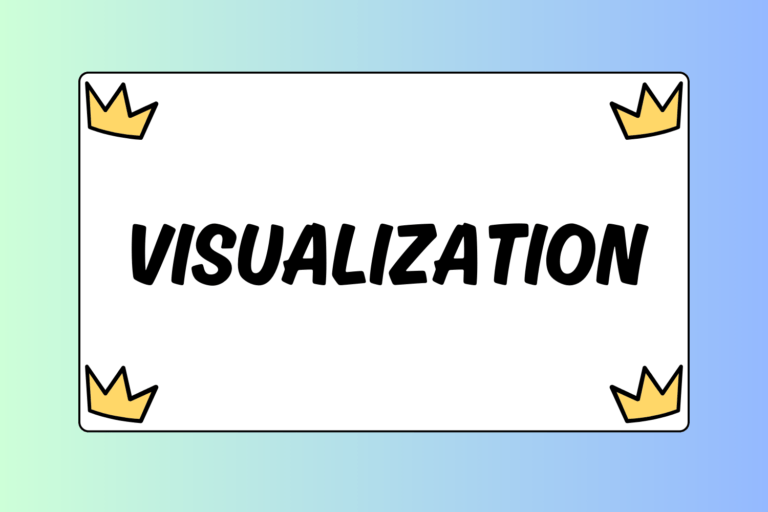Live wrestling is extremely important in improving the abilities of your wrestlers. This form of practice allows wrestlers to test their best techniques because it offers an environment where they learn by having to react and maneuver from different positions in various situations. Because live wrestling is so invaluable, you can’t just pair up two wrestlers and have them “duke it out.” You must take an almost systematic approach to live wrestling if you want your wrestlers to improve at the right pace. This guide will teach you a few different forms of live wrestling that are sure to get the most out of your grapplers.
Control Matches
Control matches are essential to peaking your wrestlers. In other words, they help teach your wrestlers how to bring out their best performances at the right time. Control matches teach your wrestlers to respond to specific types of emotions and stressors. Different than “situational wrestling,” control matches are essentially full practice matches with situational elements. These matches are scored as regulations matches are.
Start with a Situation
The most important aspect of the control match is “putting” your wrestlers in specific situations before they step onto the mat. For example, before a pair of wrestlers start, tell one wrestler that he has a 0-1 record at the “tournament,” while the other wrestler has a 2-0 record. The first wrestler will be eliminated from the competition if he loses, while the second wrestler would find himself in the quarterfinals of the tournament if he wins. (This is an example of how a freestyle/Greco-Roman competition is organized).
Given their individual situations, each wrestler must do his best to simulate the thoughts that accompany his position. If taken seriously, each wrestler will learn how to control their emotions when met with various types of adversity.
A Real Feel
It is important that you create a realistic atmosphere during control matches. For starters, wrestlers should wear the same uniforms that are required for competitions; namely, singlets. Then, they should go through the entire match procedure, from start to finish. There should also be a referee present to help score the action.
Hot Tip: Make a Bad Call!
Referees are human and bad calls happen. Designated referees should purposely make at least one bad call in every control match. This will help your wrestlers learn how to respond positively when it happens during a real match.
Offense-defense Wrestling
Offense-defense wrestling is an extremely underused form of live wrestling, during which one wrester is designated to the offense and his partner wrestles on defense. Typically starting in the neutral position, the wrestler on offense tries to score on his opponent. Meanwhile, the defensive wrestler’s job is to simply keep from being scored on.
This is an important “drill” because your wrestlers will find themselves in situations where purely offensive or defensive wrestling determines the outcome. For example, if your wrestler is ahead of his opponent by two points with one minute remaining in the match, he should know how to shut down his opponent’s offense until the match ends, and vice versa.
Situational Wrestling
One of the most important forms of live wrestling is situational wrestling. Simply put, wrestlers are put in specific situations so they gain experience in different areas and with specific skills. This is critical to prepare your wrestlers for competition, as there are certain situations they should experience during practice before doing so in competition. Here are examples of those common situations:
- One wrestler engages his partner in a double-leg takedown, but has not finished the technique. When you give the signal for them to start, the wrestler on offense will attempt to finish the double-leg, while the defensive (standing) wrestler defends it.
- One wrestler starts on his back, while his partner starts on top of him with a half-nelson. When you give the signal for them to start, the wrestler on bottom will attempt to bridge and escape the hold, while the top wrestler tries to pin him.
There are limitless situations you can place your wrestlers in and the more often you do it, the better. It also helps to put your wrestlers in situations where they need to use newer techniques they are just learning, as well. For example, if you are currently working with your wrestlers on defending the single-leg takedown, put your wrestlers in that exact situation: Force them to defend the single in a match-like situation.
Mix It Up
Make sure to work in a variety of these workouts so your wrestlers reap the most benefits. And be creative; working with different types of live wrestling will emphasize the different strategies, techniques, and situations you want your wrestlers to adapt to. Just remember, the more, the better!





